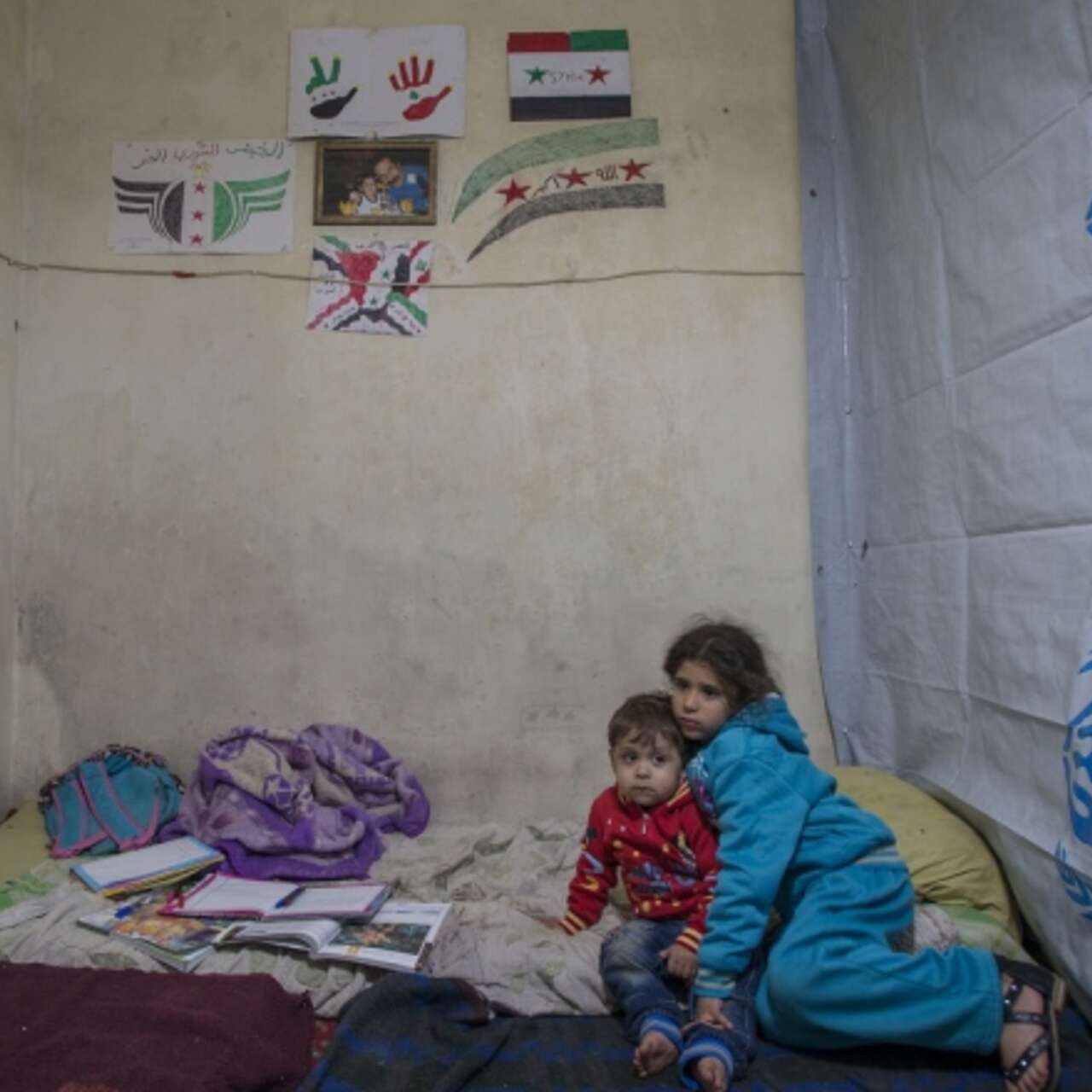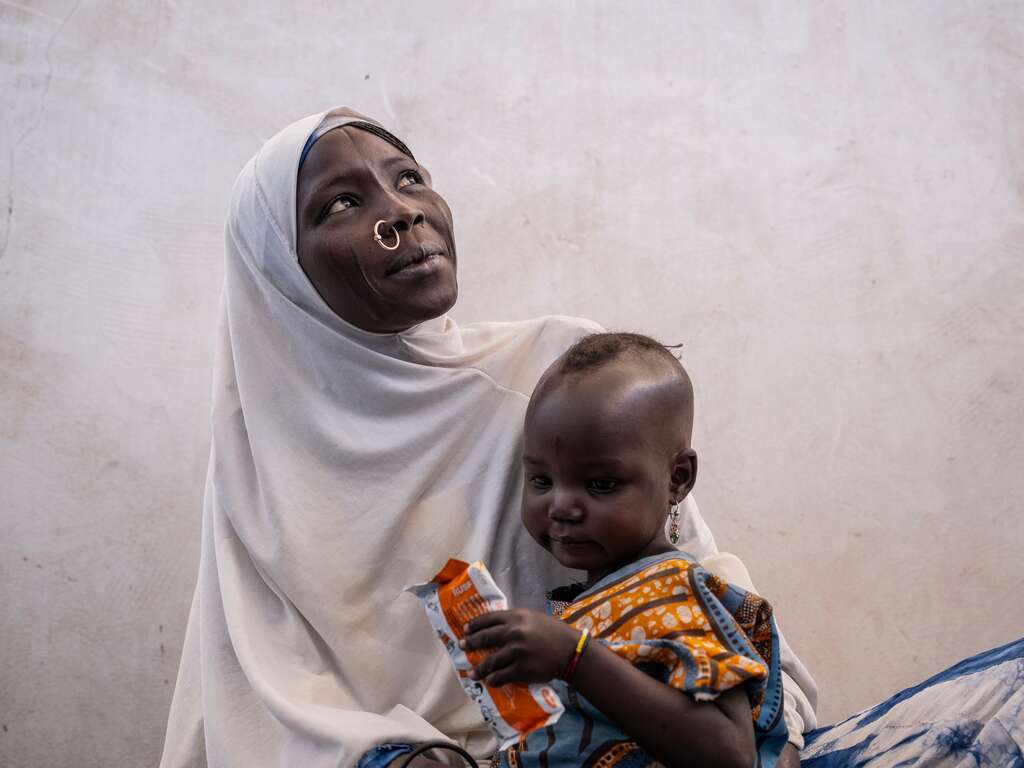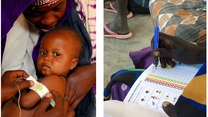
Like much of the sector, the International Rescue Committee increasingly operates not in camps, but in cities and towns. The urban environment presents a markedly different operating environment, to which the traditional humanitarian response architecture is not well suited. With estimates that more than half of the world’s displaced are in urban settings, the question of how we best respond to meet the needs of people who have fled natural disaster or conflict to urban settings has become critical. We must invest more heavily in understanding the context we are working in, adjust our programming and form new partnerships with development, urban and other local stakeholders.
Despite the challenge, working in urban settings also presents a real opportunity for the IRC and the broader humanitarian and development community. We have the opportunity to try out new approaches, to learn what does and doesn’t work and to address some of the more fundamental challenges facing the sector. To really change things on the ground, we’ll need major donors and key institutions (UN agencies, NGOs, host governments, World Bank) to make a serious and fundamental commitment to addressing this new reality. The first ever global humanitarian summit will be held in Istanbul in early 2016. The goal of the summit is to find new ways to tackle humanitarian needs and to set the agenda for global humanitarian action. We are looking to the summit as an opportunity for the humanitarian and development sector to commit to getting our responses in cities and towns right.
The IRC, too, is working out how we step up to meet these new needs. We are examining our own practices, exploring how we can adapt and test more effective and appropriate tools and responses, and looking at how we can capture learning from what we do on the ground in order to respond to the urban challenge. We have made some good progress, developed some very interesting new approaches and have some examples of good practices to share, but we continue to have a lot of questions about our own response and that of the wider community. What are the right tools, models and approaches? How do we develop the right skill sets and how do we ensure we work with the right actors and get the right people around the table from the outset? In the lead-up to the summit, we want to work with the humanitarian community to answer these questions and to make sure urban response is high on the agenda. This means not only highlighting the scale and nature of the challenge, but collectively thinking outside the box to identify and set into motion changes needed to shift the paradigm of how we talk about and approach urban response.
There are also broader benefits of bringing an urban focus to the summit discussions. The urban setting demonstrates and magnifies many of the more general issues facing the humanitarian sector: the need to bridge the development and humanitarian divide, to give greater autonomy to affected populations and local governments and to work with technology and the private sector. In designing our urban response, we have the opportunity to be more context focused and adaptive, to be actually led by what impacted populations need and to pay real attention to partnerships, local ownership and institution building. More fundamentally, in getting urban response right we might finally stop just discussing the humanitarian and development divide and focus on getting a joined-up response right from the outset.
But in pushing this agenda forward we need to move beyond just agreeing what needs to change to actually demonstrating change in tangible ways. We must strike the right balance between high-level commitments and pragmatic action and make sure we match any commitments with the necessary changes in institutional commitment, policies, funding structures and priorities in the post-2016 humanitarian world. To achieve this we will need commitment from a wide group of UN agencies, donor governments and host governments. We will also need real commitment from development actors and urban specialists as the crucial cross-cutting specialists who must be involved in urban humanitarian response from the outset. The IRC will be working to encourage this in the lead up to the summit.
The summit provides an exciting opportunity to bring the community together to commit to getting urban response right. As with any global forums of discussions, the real test will always be how we translate commitment into action. The success of any discussions and commitments will be based on how we respond when next faced with a humanitarian crisis in a city or town.
Joanna Henderson is the Urban Displacement Policy Advisor at IRC-UK. You can follow Joanna on Twitter at @MsJoannaHD.




